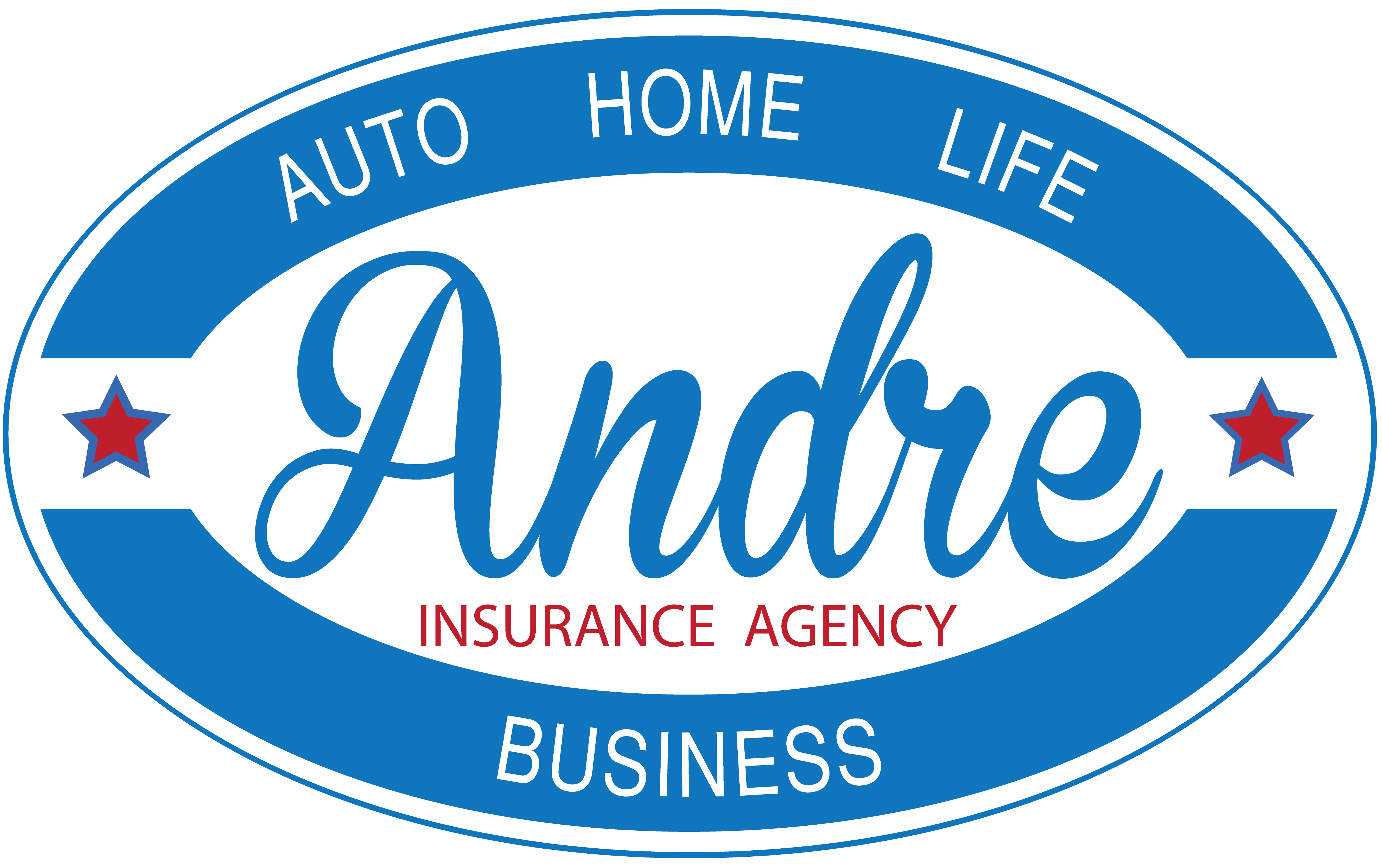Your pet’s safety depends on you. So how can you ensure your four-legged pals are safe and comfortable during car rides, especially longer road trips?
It’s important to plan ahead when it comes to how to keep pets safe in cars. The first order of business is to ensure that your pet has a safe harness.
Pet protection harnesses
The safety experts at the Center for Pet Safety, a research and advocacy organization based in Reston, Va., recommend that pet parents invest in a quality crash-tested harness that protects both pets and travelers if an accident occurs.
“Pet travel harnesses come in two forms: Those that only prevent distraction and those that provide actual crash protection,” says Lindsey Wolko, founder and CEO of the Center for Pet Safety. “It’s important to choose wisely.”
While many pet car restraint manufacturers claim to test their products, there are no standards or design guidelines for safety harnesses. Recognizing the pet safety in cars risks, the Center for Pet Safety teamed up with Subaru of America Inc. and MGA Research Corporation to conduct crash testing on pet safety harnesses. MGA is a leader in safety test equipment and conducts the car safety tests for the National Highway Traffic Safety Administration.
The recent pet harnesses study found flaws in most of the commonly sold pet restraints. The Sleepypod Clickit Utility Harness is the only brand that prevented a dog from launching off a seat for each of the three harness sizes tested.
The Center for Pet Safety also warns against the use of long extension tethers and zipline style products during travel. “Harnesses that could allow the pet to launch into the cabin of a vehicle are dangerous not only for the companion animals, but also for the safety of people in the car,” says Wolko.
Pre-travel pet tips
Here are some additional tips to help keep pets safe in cars:
- Always rein in your pooch during car travel. Allowing pets to stick their heads out of a car window is dangerous for many reasons. “While your dog may seem to enjoy his ears flapping in the wind, road debris could get in his eyes, nose or mouth and cause serious injuries,” says Wolko.
- Be cautious with pet carriers. If you use a soft or hard carrier for your dog or cat, know that the safest place for them is in the backseat foot well. Don’t let your pet ride in your lap or on the front seat. “You never want to use the front seat for your pet or to buckle up the pet carrier with a seat belt,” says Wolko. “In an accident, the front seat airbag could kill your pet, and the seat belt could crush the carrier.”
- Pack a pet kit. Be sure to pack extra food, treats, toys, collars, leashes and water. Water content changes from city to city, so bring bottled water or bottled tap from home to prevent any digestive troubles. You should also bring medical records, medications and identification, including pictures of you with your pet.
- Never leave your pet unattended in a car. It’s a health risk to leave your pet in the car, especially in warm weather. Heat stroke can be deadly, and it can happen in minutes. It’s also an invitation for thieves, even if you are gone for only a moment. The American Kennel Club® reports that dog thefts, including incidents of pets being snatched from parked cars, are on the rise.
- Know how to find a qualified veterinarian near your destination. Ask your vet for a recommendation or go to healthypet.com, which offers a ZIP code search of American Animal Hospital Association (AAHA) accredited clinics.
“Your pets are counting on you to ensure they arrive safely,” says Wolko. “Don’t let them down.”
Erie Insurance can also help protect your furry family members with pet injury coverage that’s automatically included in ERIE auto policies.* It covers up to two dogs and/or cats that are injured in your vehicle at the time of an accident. Contact an Erie Insurance Agent in your community to learn more.
*Not available in North Carolina.
Read the full story from Erie Insurance: “How to Keep Pets Safe in Cars“

